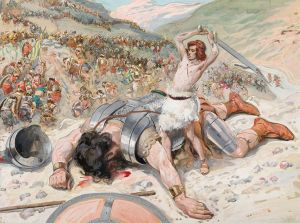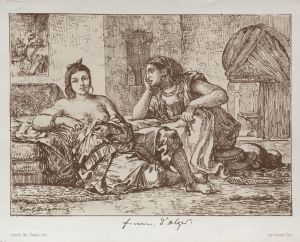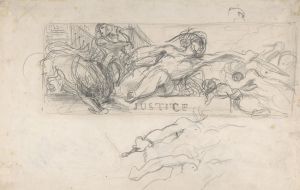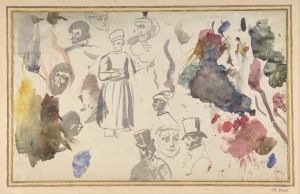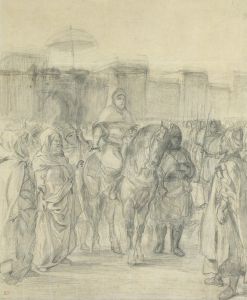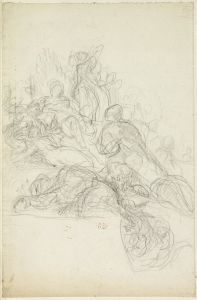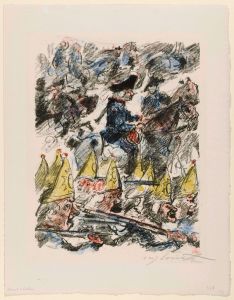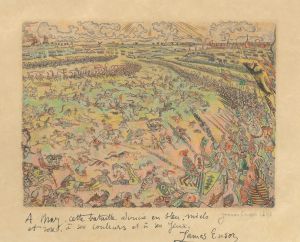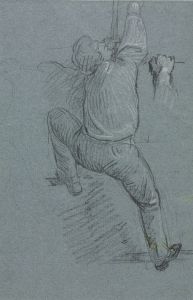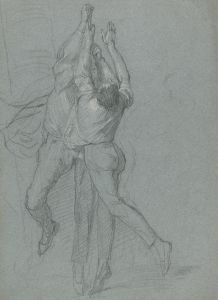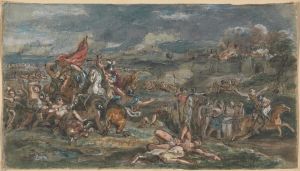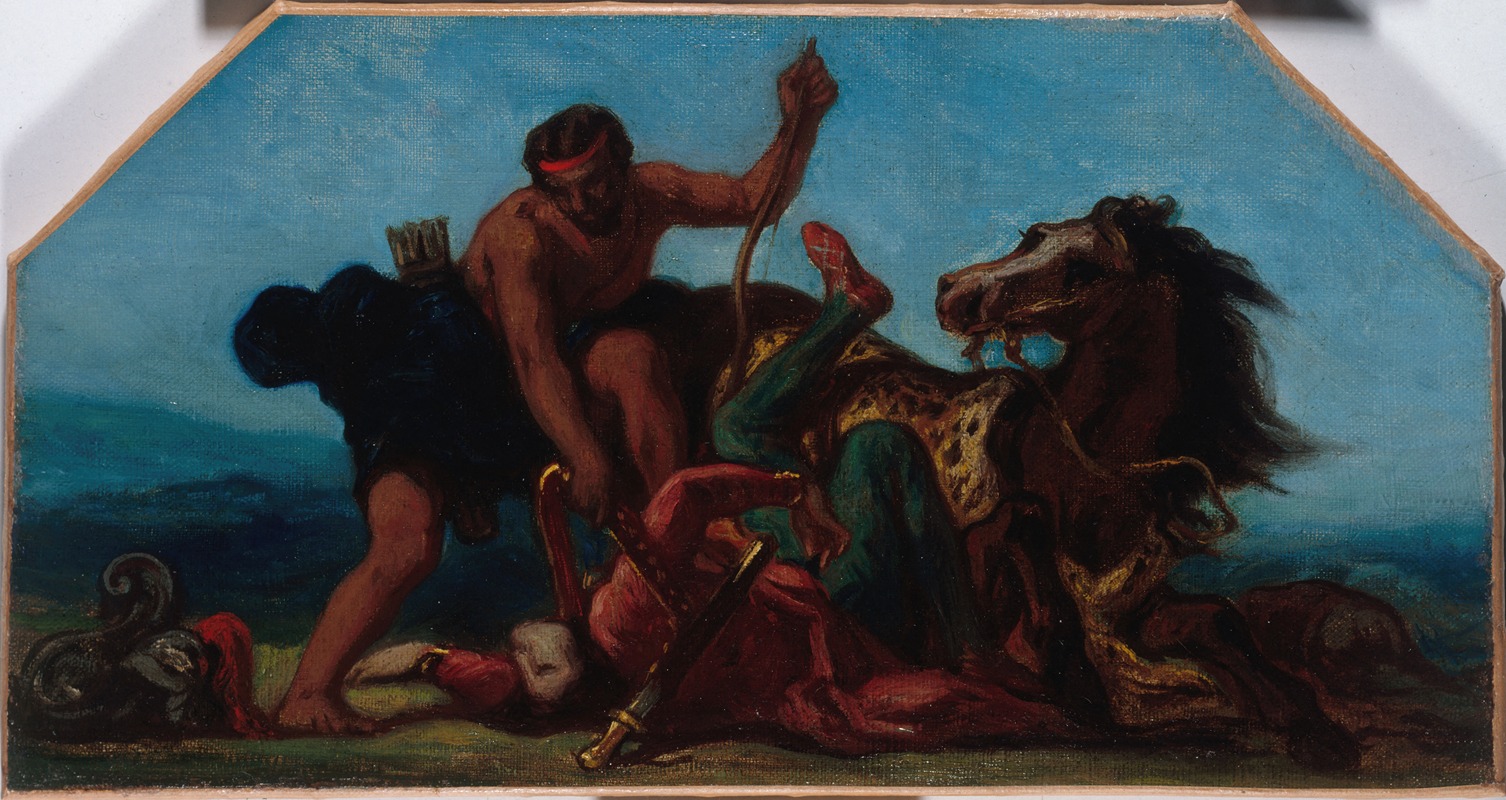
Hercule vainqueur d’Hippolyte, reine des Amazones
A hand-painted replica of Eugène Delacroix’s masterpiece Hercule vainqueur d’Hippolyte, reine des Amazones, meticulously crafted by professional artists to capture the true essence of the original. Each piece is created with museum-quality canvas and rare mineral pigments, carefully painted by experienced artists with delicate brushstrokes and rich, layered colors to perfectly recreate the texture of the original artwork. Unlike machine-printed reproductions, this hand-painted version brings the painting to life, infused with the artist’s emotions and skill in every stroke. Whether for personal collection or home decoration, it instantly elevates the artistic atmosphere of any space.
Eugène Delacroix's painting Hercule vainqueur d’Hippolyte, reine des Amazones (Hercules Vanquishing Hippolyta, Queen of the Amazons) is a work that reflects the artist's fascination with mythological themes and dramatic compositions. Created in 1852, the painting depicts a scene from Greek mythology in which Hercules, as part of his ninth labor, is tasked with obtaining the girdle of Hippolyta, the queen of the Amazons. This labor was assigned to him by King Eurystheus, and it is one of the twelve labors that Hercules undertakes as penance.
The painting showcases Delacroix's mastery of dynamic movement, vivid color, and emotional intensity. In the composition, Hercules is portrayed in the act of overpowering Hippolyta, emphasizing his physical strength and dominance. Hippolyta, the queen of a tribe of warrior women, is depicted with a sense of resistance and vulnerability, highlighting the tension and drama of the mythological encounter. The figures are rendered with a sense of muscularity and energy, characteristic of Delacroix's Romantic style.
Delacroix was known for his interest in exploring themes of heroism, conflict, and human emotion, often drawing inspiration from literature, history, and mythology. This painting is a testament to his ability to translate these themes into visual form, using bold brushstrokes and a rich palette to create a sense of immediacy and power. The work also reflects the Romantic era's fascination with exotic and dramatic subjects, as well as its emphasis on individual struggle and triumph.
The painting is housed in the Musée des Beaux-Arts in Bordeaux, France. It remains an important example of Delacroix's later works, showcasing his continued engagement with mythological subjects and his evolving artistic techniques. As one of the leading figures of the Romantic movement, Delacroix's works, including Hercule vainqueur d’Hippolyte, have had a lasting influence on the development of modern art.
This painting is notable not only for its artistic qualities but also for its interpretation of a classical myth through the lens of 19th-century Romanticism. Delacroix's approach to the subject matter reflects his interest in the psychological and physical dimensions of his characters, as well as his ability to convey narrative through composition and color.





